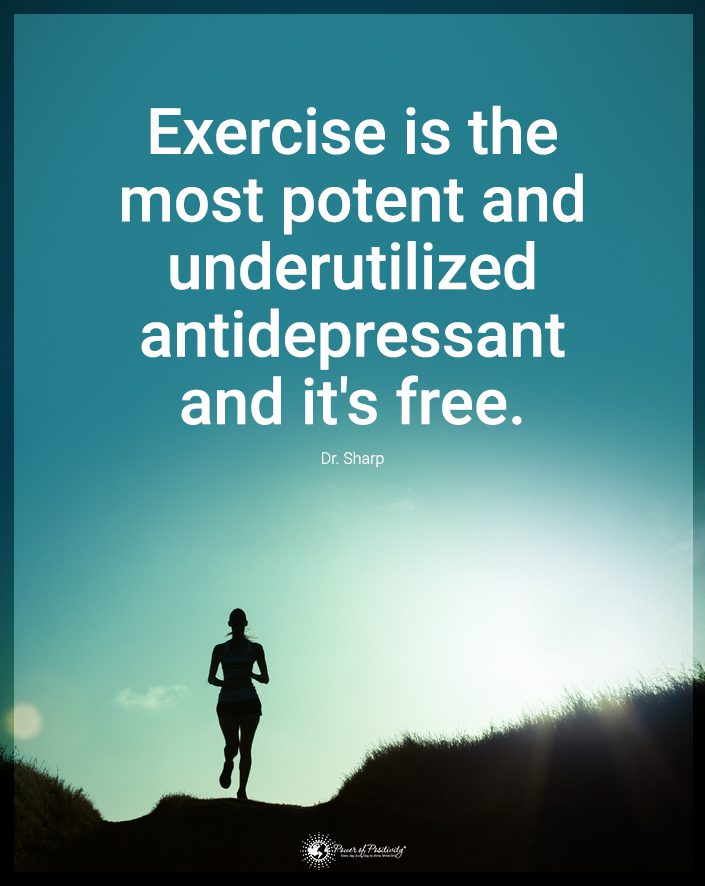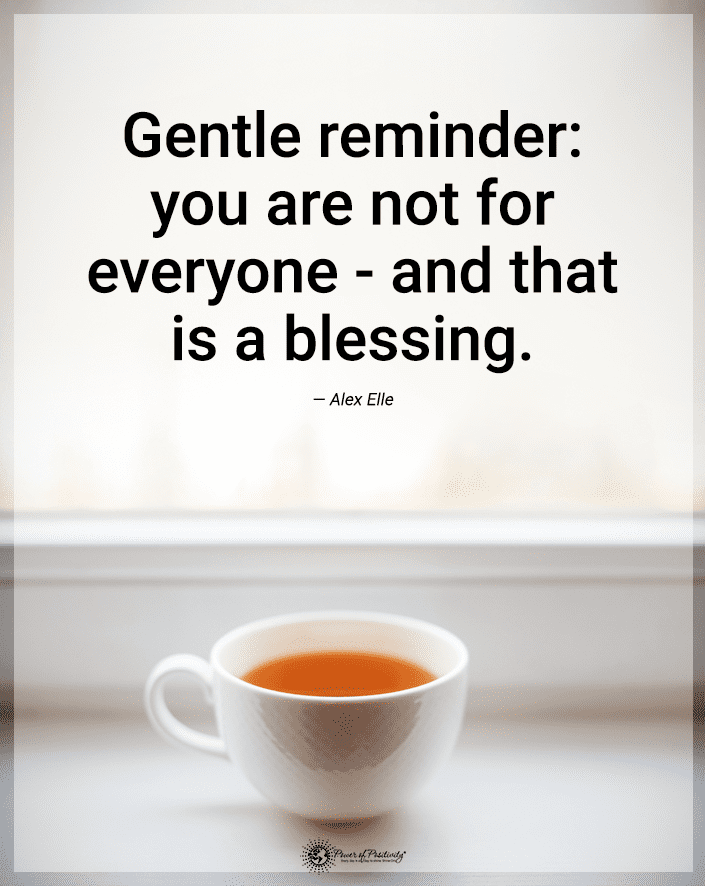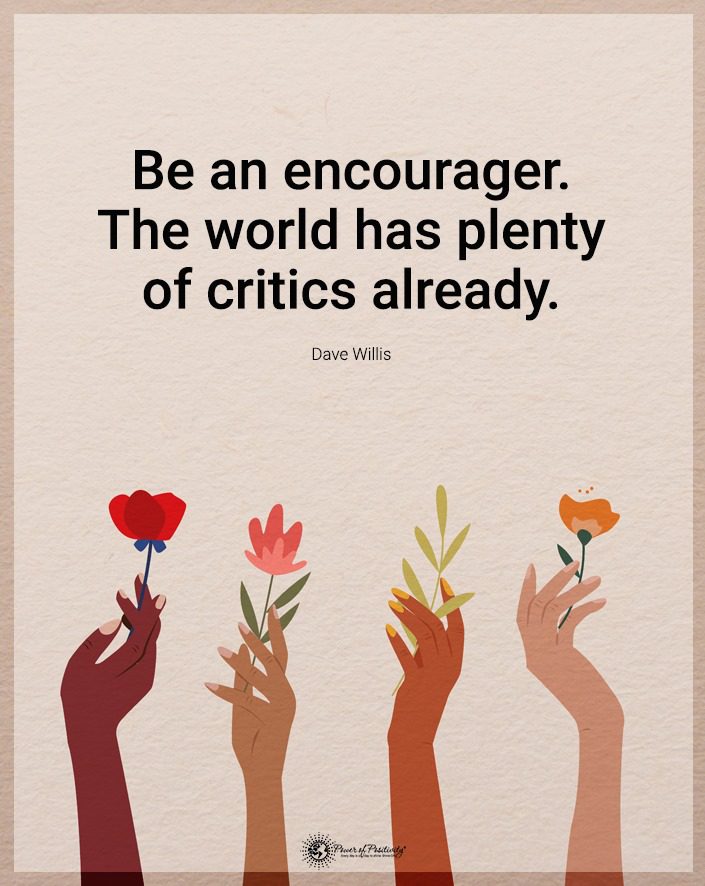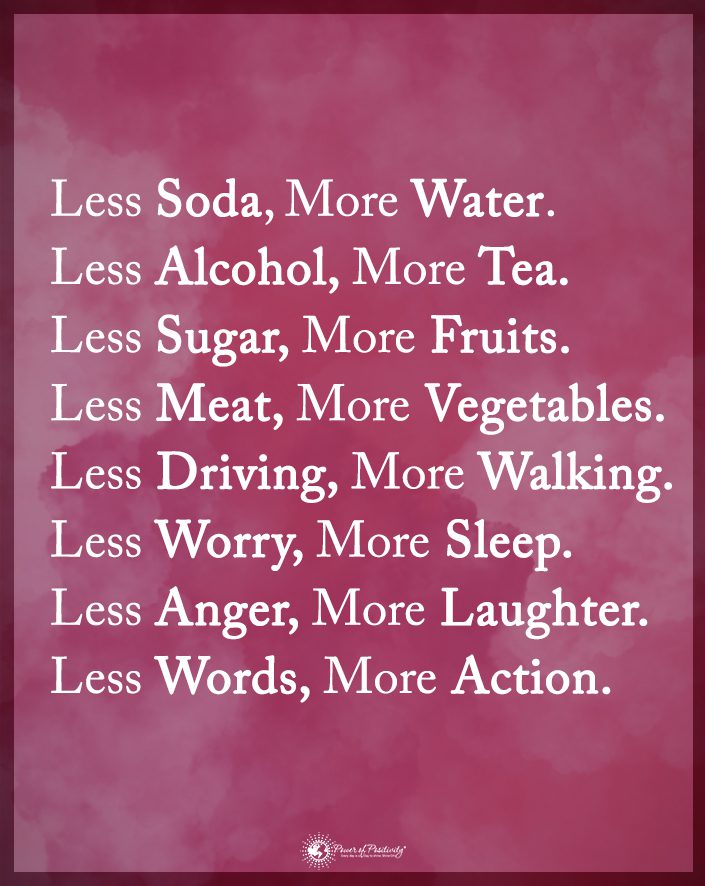If you’re dating an Aries, remember their fierce determination, indomitable will, and fiery spirit. Aries approach life courageously and takes the lead in all situations, so they need a down-to-earth, stable partner to keep them balanced. Born between March 21 and April 19, the ram possesses a positive, fun-loving spirit and endless energy. Since the ram is the first sign of the zodiac, it makes sense that they’re natural leaders and take life by the horns.
People born under this horoscope are most compatible with the other fire signs, Leo and Sagittarius. Both of these signs are passionate and driven, like Aries, helping to fuel the flames of the ram’s ambitions. The first sign of the zodiac also gets along well with Aquarius, Gemini, and Libra, as their airy yet pragmatic nature can offset the ram’s dominance and aggression. Below, astrology provides insights on what to remember when dating an Aries to ensure a successful, harmonious relationship.
Understanding Aries Traits
Aries’ characteristics include being passionate, fiery, courageous, and ambitious. These are typical fire sign traits that Leo and Sagittarius also possess, but Aries stands out because of their headstrong, stubborn nature. They won’t take no for an answer and will do everything possible to achieve their goals. They’re also spontaneous and adventurous, always wanting to see new places and experience everything the world can offer.
The fun, unpredictable Aries personality assures you’ll always feel energized and satisfied in a relationship with them. The ram is also fiercely loyal and protective of their loved ones. So, you won’t have to worry about them having a wandering eye when dating an Aries.

Dating an Aries and Adventure
Aries’ adventurous, spontaneous spirit ensures you will have no shortage of excitement in your relationship. They have severe wanderlust and will want to show you all the beauty and wonder on this marvelous planet. Their love of travel and risk-taking means you’ll have many new experiences to share, allowing you to build incredible memories. When dating an Aries, be prepared to go on plenty of unexpected adventures because they live on the edge! Despite their numerous responsibilities and drive to succeed, they have a childlike innocence and young soul. They always look on the bright side and seek every opportunity to live life to the fullest.
Aries and Independence
Dating an Aries means adjusting to their need for personal space and desire for autonomy. Aries’ independence may seem like they only care about themselves, but they greatly value having the freedom to pursue their ambitions and interests. However, they also have a nurturing quality underneath their tough shell and will always set aside quality time for their relationships. Though they may live a busy, demanding lifestyle, this zodiac sign will prioritize their partner and ensure all their needs are met.
Aries and Passion
When dating an Aries, you’ll quickly notice their intensity and energetic personality. They have an innate drive to succeed and follow their heart, making them excellent leaders. An Aries performs best in a career where they can call the shots and direct a group toward a particular goal. Aries’ passion ensures they will become prosperous and overcome any challenge they face in personal and professional life. Regarding relationships, this manifests as being assertive, fiery, and dominant. If you’re dating an Aries, ensure you have the energy to keep up with them because slowing down isn’t in their vocabulary! Aries is most compatible with partners who want to take on life with them and won’t hold them back. However, they also need someone who will give honest advice and help them direct their fire wisely without burning out.
Aries and Honesty
You won’t find a more honest, authentic sign than Aries, as the ram prides itself on truthful communication. Their directness and straightforward approach to life may seem off-putting to some, but they don’t mean any harm. They believe in being truthful and upfront in their professional and personal relationships. Aries’ honesty allows them to build strong relationships, and people learn to respect their no-nonsense attitude. When dating an Aries, don’t hesitate to share your feelings and opinions openly and not hide anything from them. You don’t have to worry about offending them because they have thick skin and would prefer you tell them the truth.
Aries and Impatience
Another thing to remember when dating an Aries is their fast-paced lifestyle and unpredictability. The ram needs someone who embraces their spontaneity and enjoys seeing new places with them. Aries’ impatience tends to get them in trouble sometimes because they can have a difficult time compromising. They know what they want and don’t like anyone standing in the way of their desires. Therefore, they’re most compatible with fellow fire and air signs who thrive amidst adventure and have a restless nature. Those of this zodiac sign can become bored and defiant when they feel like they can’t express themselves or release their boundless energy somehow.
Dating an Aries and Loyalty
When dating an Aries, you will have a faithful, protective partner who will never disappoint you. Aries’ loyalty knows no limits, and they will remain by your side no matter what you face. While settling down takes them a while, they have no problem sacrificing their independence after genuinely connecting with someone. When they fall in love, they soften their edges and become more gentle with people. You’ll start to see their nurturing, loving side as you get to know them better. Initially, they will only let you see their passionate, ambitious qualities, but they begin opening their hearts once they feel they’ve met someone special.
Final Thoughts on Insights on Dating an Aries
When dating an Aries, remember their passion, courage, independence, adventurous spirit, and desire for honesty. If you’re looking for the best dating an Aries tips, remember to respect and honor their unique qualities. Understanding the Aries zodiac in a relationship will create a harmonious, long-lasting partnership full of beautiful memories. Above all else, embrace their adventurous, passionate nature and enjoy the ride.


















